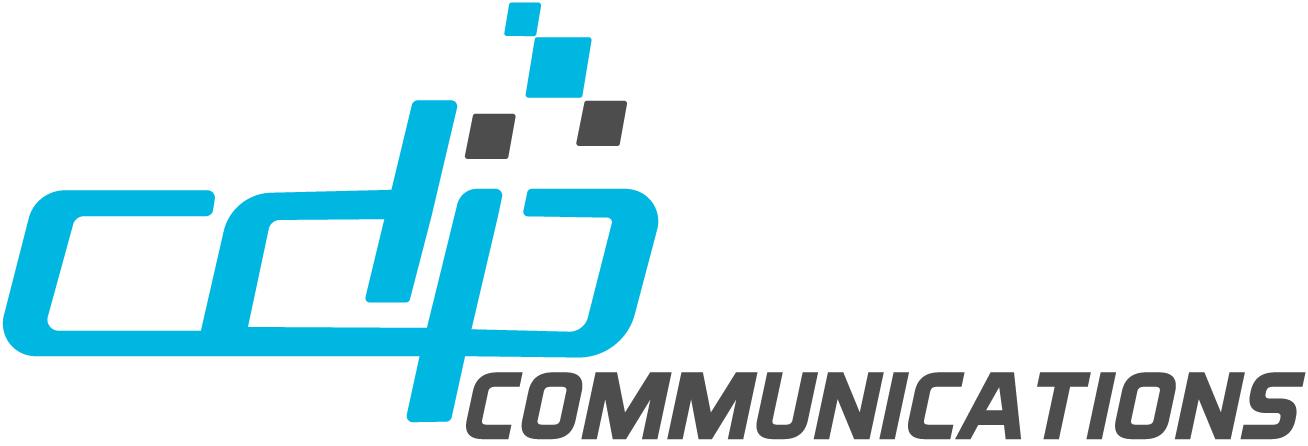Historically, people with disabilities have lacked equitable access to educational and employment opportunities due to systemic barriers of inaccessibility. Universal Accessibility, through the adoption and implementation of and enforcement of existing laws, regulations and policies, is what is vital to improving employment inequities for people with disabilities.
Enforcement will propel equitable access
Certainly, governments and policymakers should be better enforcing existing laws that protect people with disabilities. Laws such as the federal Americans with Disabilities Act (ADA). This law is intended to protect those with disabilities from discrimination in the terms, conditions and privileges of employment in America. Similar laws can be found in many, many other jurisdictions as well.
In addition, the implementation of public policies such as increased access to workplace accommodations, as well as improved access to technology, and expanded civil rights enforcement protocols can help to improve, support and maintain equity in the workplace.
Collaboration (for the win)
That said, there also needs to be expanded collaboration between employers and local organizations. This can ensure that the workplace environment is a friendly and welcoming environment for all individuals. This could include worthy initiatives like employer-sponsored training programs, on-the-job mentoring and the creation of accessible job sites. To help create and expand access to a wider range of meaningful jobs and career paths, policymakers should be looking to promote the Title II of the Americans with Disabilities Act (ADA) which bolsters the civil rights of those with disabilities.
Boosting chances means boosting brand and culture
It is absolutely vital for people with disabilities to be given equal consideration. Not to mention being able to avail themselves of the rights they were born with. Particularly when it comes to employment-related decisions and access to opportunities. Boosting their chances of joining the labour market ultimately creates a boost for positive macroeconomic effects as a result. The boost it can give individual organizations includes a boost to a company’s brand as well as company culture. It can provide a palpable and positive difference.
The Law in Action
The 1990 Americans with Disabilities Act (ADA) makes it unlawful to discriminate against individuals with disabilities in any aspect of employment or public service (ADA.gov). In addition to the ADA, Section 503 of the Rehabilitation Act of 1973 prohibits employment discrimination based on disability. It mandates that federal contractors or subcontractors with contracts or subcontracts in excess of $10,000 must take affirmative action in the hiring, placement, and advancement of those with disabilities (DOL).
Some jurisdictions are taking the lead
Some jurisdictions have taken it even a step further. The State of Oregon, for instance, has also adopted its very own Employment First policy. In turn, the state promotes the placement of individuals with disabilities into competitive, integrated employment (Oregon.gov). This policy requires that after exiting school, individuals intend to continue working and move towards competitive, integrated employment. Also, that the job must pay minimum wage or better, as outlined by Oregon Administrative Rules (Oregon.gov). Moreover, the recent settlement of Lane v. Brown in Oregon, for instance, resulted in welcome changes to the employment services offered to people with intellectual and developmental disabilities.
Implementation is key… Or, saying is good, but DOING is better
Although these policies and regulations show great advancements in providing accessibility to people with disabilities in the workplace, it remains that they must be implemented properly… and enforced regularly. This can ensure that individuals with disabilities have more of the opportunities they would need to secure meaningful employment.
That said, despite the promise of technology making life easier, the digital and information technology revolution has presented several barriers for people with disabilities looking to gain employment. According to research from the Full article: Accessibility to digital technology: Virtual Barriers (https://www.tandfonline.com/doi/full/10.1080/10400435.2021.1945705), people with disabilities face difficulties in accessing the internet, ICTs and assistive technology, often owing to affordability issues.
Furthermore, a World Forum agenda article titled ‘How does the digital divide affect people with disabilities?’ (https://www.weforum.org/agenda/2021/09/disability-barrier-to-digital-device-ownership/) highlights how people with disabilities are much less likely to own a desktop or laptop computer than their counterparts without disabilities. This can be attributed to the unfortunate but common lack of inclusive digital design. The net result: making it difficult for people with disabilities to access the technology needed in today’s modern job market.
It is the application of a well-deployed Accessibility framework that is key to improving ongoing employment disparities for people with disabilities. By implementing accessible websites, and adopting the PDF/UA ‘golden standard’ for digital documents and other relevant standards for programs and applications, people with disabilities will be able to access the technology that many jobs require.
Greater Awareness and Changing Paradigms and Perspectives
A greater awareness in the workplace and in society needs to become a wider reality. This can ensure that people with disabilities are given the same opportunities. Ideally, it would ensure that the accessibility concerns of people with disabilities are taken into consideration in the design of digital products. After all, accessibility, when introduced at the beginning phases of digital product design, not only ensures its successful implementation but also reduces the cost, sometimes exponentially.
For example, according to a research paper by Andreas I. Mueller et al., “Job Seekers’ Perceptions and Employment Prospects: Heterogeneity, Duration Dependence, and Bias” (https://www.aeaweb.org/articles?id=10.1257/aer.20190808), optimizing job opportunities for those with disabilities can lead to a much more diverse and capable workforce through not only improved hiring practices, but training, mobility, and retention. This, in turn, could result in the kinds of increased productivity that would benefit businesses and employees alike. Similarly, a study by Accessibility and Universal Design suggested that improved accessibility produces economic benefits, as it increases the demand for accessible goods, services, and spaces, and thus improving equitable access to employment (https://www.researchgate.net/publication/352141262_Accessibility_and_Universal_Design_Do_They_Provide_Economic_Benefits).
Awareness, Understanding and Implementation open the door
In all, understanding and implementing Accessibility is pivotal to the process of improving equitable access to employment for people with disabilities. From a theoretical point of view, it opens the door to new employment opportunities. It creates a more diverse & capable workforce. Additionally, the positive macroeconomic effects of Universal Accessibility are far-reaching, as it increases the demand for accessible goods, services, and spaces.
Build it… and they will come
Ultimately, ensuring Accessibility is a critical step to improving employment inequities for people with disabilities. And, it needs to be actively encouraged and implemented. Yet, equitable access to employment remains out of reach to many. In order to change this, all stakeholders, including the government, employers, and communities must work together in order to ensure the rights and access of people with disabilities. Such steps will help those with disabilities to gain access to employment. It will ensure that everyone is able to participate meaningfully and make life easier for everyone.
Need help to build awareness, understanding or implementation? Need tried, tested and true solutions to get your initiatives on track and in place? Reach out to us at ua@cdpcom.com. Or, visit us at www.cdpcom.com.
We’re ready to help!




